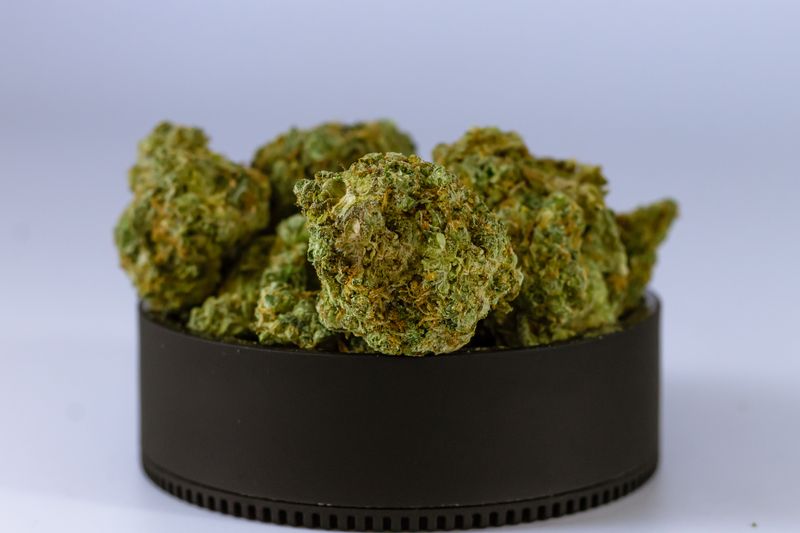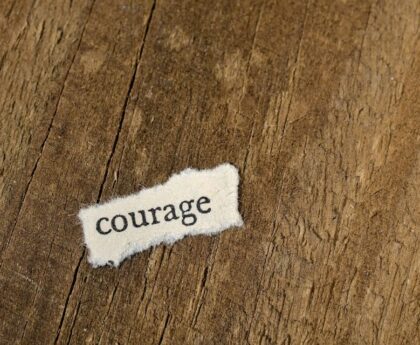National Fentanyl Awareness Day: Understanding the Opioid Epidemic
Every Virginian is affected, either directly or indirectly, by the opioid crisis which has become a significant public health challenge globally. Virginia is not an exception, as illicitly manufactured fentanyl (IMF) has become a leading cause of unnatural deaths in the Commonwealth. According to the Virginia Department of Health (VDH), over 2,500 people died from drug overdoses in 2022. Karen Shelton, the State Health Commissioner, affirmed that the COVID-19 pandemic brought substantial setbacks in fighting drug overdose deaths. However, on 9th May annually, National Fentanyl Awareness Day offers an opportunity to learn about the opioids, overdoses, and how to respond when someone experiences this medical emergency.
The Growing Problem with Illicit Fentanyl Use
Fentanyl is a synthetic opioid that is 50 times stronger than heroin and 100 times stronger than morphine, making even small amounts life-threatening. The IMF variety, especially when used without medical supervision, is causing a growing problem in Virginia and across the US. This creates public health hazards in communities, and its continued misuse puts a strain on the healthcare system and other helping professionals. It is essential to be aware of this highly addictive substance, its street names, the signs and symptoms of an overdose and what you can do to help.
What Can We Do To Help?
The opioid epidemic is a challenge that requires a community effort. Every individual must have the necessary resources and tools to help themselves and others. To begin with, learning street names like Apache, Dance Fever, Friend, Goodfellas, Jackpot, Murder 8, Tango, and Cash can help recognize the possible use of illicit fentanyl. Knowing the signs of an overdose such as slow or no breathing, pale clammy skin, and unresponsiveness, and providing immediate medical attention by calling 911 is critical. Additionally, administering naloxone, a drug that temporarily reverses the effects of an opioid overdose, can provide a window for the person to receive medical attention. You can learn how to give naloxone through the REVIVE training program, a Virginia Department of Behavioral Health and Developmental Services program taught by local health departments, and other public and private entities state-wide.
What Next After Naloxone Administration?
While naloxone may temporary reverse the effects of an opioid overdose, it is not a substitute for professional medical care. Therefore, ensuring naloxone is widely accessible is critical. Naloxone can be acquired without a prescription, though the costs may vary. Virginia offers naloxone kits free of charge in most local health departments. Additionally, individuals could reach out to their insurance companies, doctors or pharmacists for more information about naloxone availability and coverage. Enrolling in the REVIVE program can equip laypersons with essential skills and competency to intervene in cases of opioid overdose and educate others in the community.
The Need For Community Effort
The opioid epidemic is not an individual but a community problem. Communities can benefit from public health campaigns and interventions that raise awareness, decrease stigma, and promote healthy living. The Virginia Department of Health (VDH) has an Opioid Homepage with more resources on fentanyl and opioids in the Commonwealth. Every member of the community can partner with the government and other stakeholders to support initiatives to combat this public health problem. As Karen Shelton opined, public health is a community effort.
The Way Forward
In summary, National Fentanyl Awareness Day provides an opportunity to learn about the opioid epidemic in Virginia and the community effort required to help address it. Understanding the street names for fentanyl, recognizing signs and symptoms of an overdose, and administering naloxone could provide a life-saving intervention. Individuals should learn about community resources, such as the REVIVE program and VDH’s Opioid Homepage, to join the fight against substance abuse and addiction.

<< photo by Terrance Barksdale >>
You might want to read !
- False rumors of Ray Liotta’s death circulate on social media
- Koselugo gains approval in China for paediatric patients with rare genetic disorder
- The Rise and Fall of Elizabeth Holmes: Insightful Reflections on Her Theranos Trial
- The Price of Fame: How Kim Zolciak-Biermann and Kroy Biermann’s Financial Woes Led to Bankruptcy
- “Deadly Shooting Rampage Erupts at Dallas Outlet Mall: Investigating the Alarming Rise in Gun Violence.”
- Did Her Written Grief Turn Into Violent Actions?
- Exploring the Ethics and Realities of Late Parenthood Through Robert De Niro’s Decision to Have a Baby at 79
- The Hidden Dangers of Fentanyl: Insights from North Texas Parents and Officials




